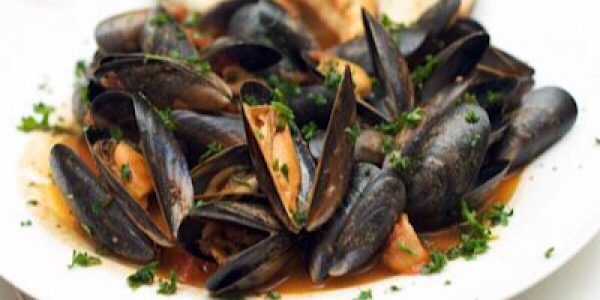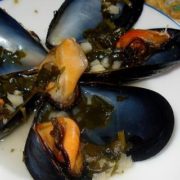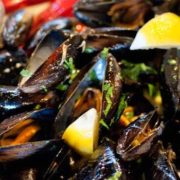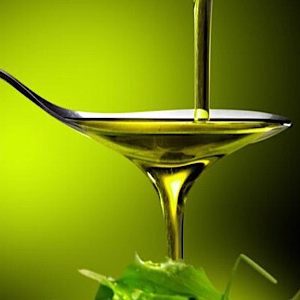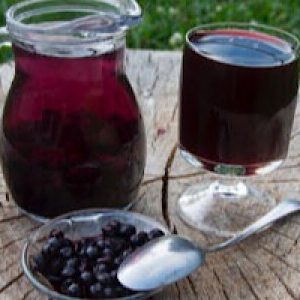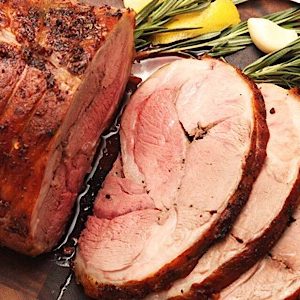Product Description
Mussel is the common name used for members of several families of clams or bivalve molluscs, from saltwater and freshwater habitats. These groups have in common a shell whose outline is elongated and asymmetrical compared with other edible clams, which are often more or less rounded or oval. It lives in the approximate depth of 1 m, in the area of ebb and flow. It can weight 20dkg and 15 cm, but a typical mussel is 6cm long and weights 4dkg.
The tradition of commercial farming of Mediterranean mussel goes back 30 years, although initial experiments about the possibility of producing edible bivalves (oysters and mussels) began in the 1960s in Boka Kotorska Bay, run by the Institute of Marine Biology in Kotor. However, there are some indications that certain bivalve species were cultivated in this bay a hundred years ago. There are now 17 locations rearing Mediterranean mussel (Mytilus galloprovincialis), all situated in Boka Kotorska Bay, using the longline system of production. All farms use the cage system of production and are situated in Boka Kotorska Bay.
Mediterranean mussels are cultured on 17 small farms, each producing 5 to 30 tonnes per year. These are family run businesses, all located in Boka Kotorska Bay where the oceanographic, physical, chemical and biological conditions are suitable for the type of rearing used on these farms. Basically, it is a longline production system.
During the period of 2010–2013, the average annual production of Mediterranean mussel was 178 tonnes. The farmed species are sold mostly to small retailers, restaurants, hotels and on the market stalls.
Montenegro exports some quantities of farmed rainbow trout to neighbouring Countries as well as small quantities of Mediterranean mussel to Serbia.
Mediterranean mussel is mainly found in the Mediterranean, including Adriatic Sea. Original mussel can be located alongside the east coast of the Adriatic. Mussels are usually grouped together in a spacious environment. Aside from an Adriatic mussel which covers entire Mediterranean Sea, and often Black sea as well, other can be found alongside the coast of France, Netherlands sweeping to the Northern Ireland.
Mussel meat is very tasty, nutritive and low-caloric. They are rich with minerals and vitamins and are considered to be remedial. Due to all these characteristic, there is a growing demand for mussels which can be consummated raw, cooked or fired.
Mussels ( mušlje or dagnje) are as a rule eaten “na buzaru”-stewed in a tasty sauce of wine, oil, garlic, and parsley.
Recipe for Mussels à la Buzara
Serves four
- 1.5 kg mussels
- ½ kg tomatoes
- 150 ml olive oil
- 4 garlic cloves
- 2 onions
- 200 ml dry white wine
- 1 bunch parsley, chopped
- Salt and pepper
- Bread crumbs
Clean the mussels and dispose of any mussels with open shells. Heat the olive oil in a skillet. Add the mussels. Cook for approximately 10 minutes on high heat until the mussels have opened. Then lower heat and keep warm. Add chopped parsley and wine. Also, add lemon and bread crumbs. Cook 10 more minutes. And salt and pepper to taste. Finely chop and sauté onions and garlic. Add finely diced tomatoes and cook for a few minutes.
Following these ingredients, you can also prepare mussels “Karatoč”. It is believed that citizens of Herceg Novi gave this name according to sea islet Karatoč, black cliff that is full of blue and black seashells. They say that there is not a single citizen of Herceg Novi who has not eatend from this site.
Recipe:
Make a sauce out of bread crumb, chopped garlic, parsley, olive oil, red pepper and salt. Gently open the mussels and set aside the empty half. Cover the mussels with the “Kućarin” sauce. Arrange them in the pan and roast for approximately 10 minutes. Pour drops of lemon over the top.
The tradition of commercial farming of Mediterranean mussel goes back 30 years. Mediterranean mussels are cultured on 17 small farms, each producing 5 to 30 tonnes per year. These are family run businesses, all located in Boka Kotorska Bay where the oceanographic, physical, chemical and biological conditions are suitable for the type of rearing used on these farms. Basically, it is a longline production system.
Mediterranean mussel is mainly found in the Mediterranean, including Adriatic Sea. Original mussel can be located alongside the east coast of the Adriatic. Mussels are usually grouped together in a spacious environment.
Mussel meat is very tasty, nutritive and low-caloric. They are rich with minerals and vitamins and are considered to be remedial. Due to all these characteristic, there is a growing demand for mussels which can be consummated raw, cooked or fired.
Mussels ( mušlje or dagnje) are as a rule eaten “na buzaru”-stewed in a tasty sauce of wine, oil, garlic, and parsley.

